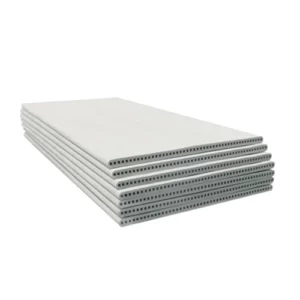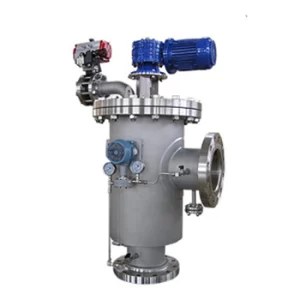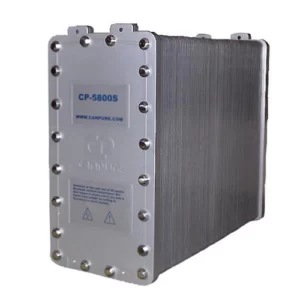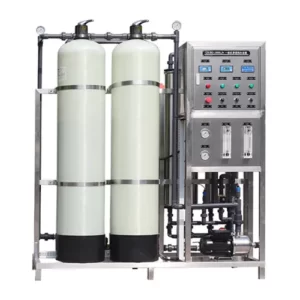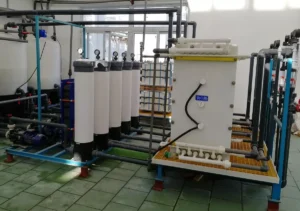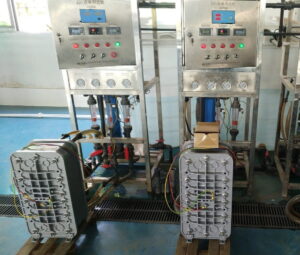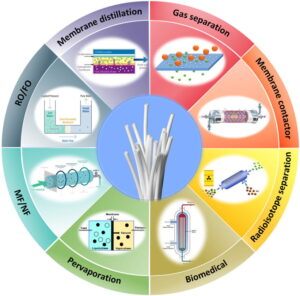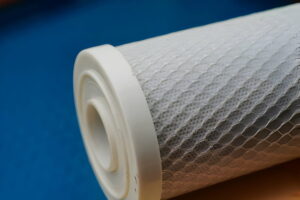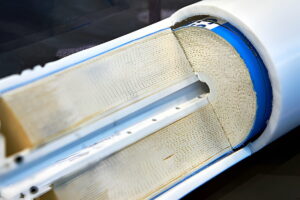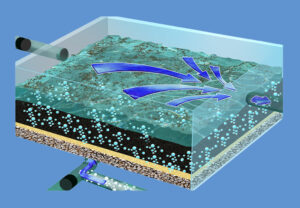Hollow fiber membranes have become increasingly crucial in many industrial applications, particularly water treatment and purification. This extensive exploration will dissect the various types of hollow fiber membranes, their distinct functionalities, and their pivotal roles in industrial and environmental arenas.
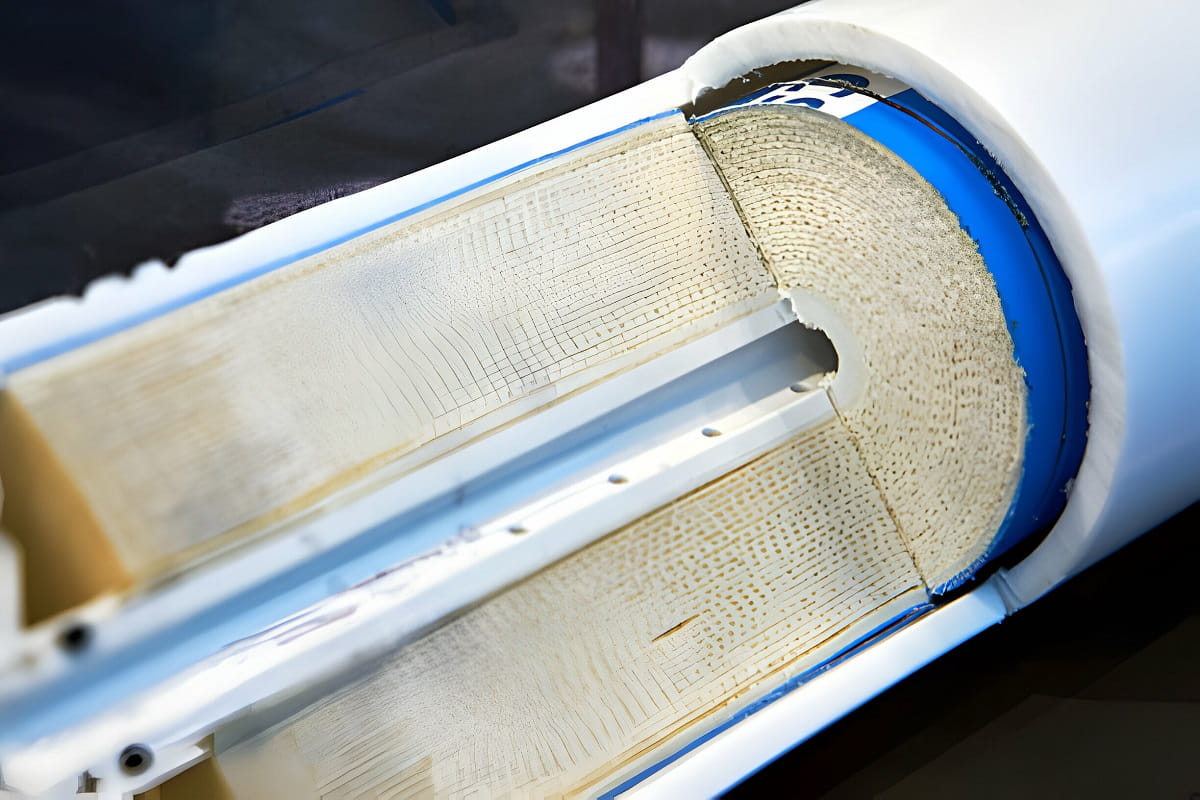
Hollow Fiber Membrane Structures
At its core, a hollow fiber membrane is composed of a porous structure akin to a bundle of straws, diminutive in diameter yet mighty in their collective purpose. These minuscule fibers allow for the strategic passage of certain molecules while steadfastly barring others, providing a superior selective barrier that can operate under a range of pressure gradients.
The efficacy of a hollow fiber membrane depends on various factors, such as the material composition, pore size, and the intrinsic properties that determine its resistance to chemicals, temperature, and pressure. Understanding these elements is pivotal for selecting the appropriate membrane type for a specific application.
What Are the Different Types of Hollow Fiber Membranes?
Hollow fiber membranes (HFMs) are a class of artificial membranes that can be categorized based on their separation capabilities, which include Micro Filtration (MF), Ultra Filtration (UF), Nano Filtration (NF), and Reverse Osmosis (RO). These categories are determined by the size of the substances they can separate:
Microfiltration (MF) Hollow Fiber Membranes
In the hierarchy of filtration efficacy, microfiltration membranes occupy the foundational tier. With an aperture fine enough to target particles in the spectrum of 0.1 to 10 micrometers, MF membranes serve as the vigilant gatekeepers, sieving out suspended solids, colloids, and pathogenic bacteria from a myriad of fluids.
Ultrafiltration (UF) Hollow Fiber Membranes
Just a rung above the filtration ladder, ultrafiltration membranes feature a modestly finessed porosity. Their dominion lies in 0.01 to 0.1 micrometers, backstopping proteins, some viruses, and macromolecules from breaching through, effectively acting as a sophisticated barrier for specialized industrial applications.
Nanofiltration (NF) Hollow Fiber Membranes
Nestled between UF and the zenith of filtration—reverse osmosis—nanofiltration membranes boast an even more discriminating punctiliousness. These membranes, proficient in intercepting particles as minuscule as 0.001 to 0.01 micrometers, are particularly adept at softening brackish water and purging a host of organic compounds.
Reverse Osmosis (RO) Hollow Fiber Membranes
Reverse osmosis membranes stand at the acme of this technology, brandishing the ability to exclude particles below the 0.001 micrometers threshold. RO membranes are paramount in desalination plants, delivering water nearly devoid of all dissolved salts and leading the charge in solving the global water scarcity challenge.
Selecting the Appropriate Type of Hollow Fiber Membrane
Comparing Filtration Capabilities Across Membranes
As we traverse from microfiltration to reverse osmosis, we witness a gradational refinement in the capabilities of hollow fiber membranes. A comparative analysis would reveal an intuitive continuum: as pore size diminishes, the precision in selectivity climbs, catering to increasingly specific separation needs.
Material and Design Considerations
The constitution of hollow fiber membranes is not limited to their dimensional attributes but also encompasses the materials from which they are wrought. Polysulfones and polyacrylonitriles are commonly employed, bringing their advantages, such as chemical stability and hydrophilicity, which are paramount to the membranes’ performance and lifespan.
Innovative Applications of Hollow Fiber Membrane Types
The specific applications often depend on the type of hollow fiber membrane, which can be categorized based on their material composition and the size of particles they can filter. Below are the applications of different types of hollow fiber membranes:
Microfiltration (MF) and Ultrafiltration (UF)
Water Treatment: HFMs are widely used in water treatment, including purification, sewage/wastewater treatment, and desalination. They effectively remove fine particles, bacteria, and other contaminants from water, making it safe for consumption and use.
Industrial Applications: In industries, HFMs are used to treat industrial water/wastewater, juice processing, and biotech applications for the separation and purification of biological molecules.
Medical Applications: HFMs are utilized in medicine for membrane oxygenators in extracorporeal membrane oxygenation (ECMO). This process oxygenates blood, effectively replacing the lungs in critically ill patients.
Nanofiltration (NF) and Reverse Osmosis (RO)
Desalination: HFMs designed for nanofiltration (NF) and reverse osmosis (RO) are crucial in desalination processes. They aid in removing salt and other minerals from seawater or brackish water, making it suitable for drinking and irrigation.
The Synergy of Hollow Fiber Membrane with Other Technologies
Hollow fiber membrane systems seldom operate in isolation. By integrating HFMs with other processes, it’s possible to enhance performance, reduce energy consumption, and achieve more sustainable outcomes. Below are some examples of how HFMs synergize with other technologies:
Water Treatment and Resource Recovery
Forward Osmosis (FO) and Pressure Retarded Osmosis (PRO): HFMs are utilized in FO and PRO for wastewater treatment and resource recovery. Integrating HFMs with FO can result in efficient water flux and solute rejection, making it a feasible option for wastewater treatment and desalination. Similarly, combining HFMs with PRO can utilize osmotic pressure to generate power from salinity gradients.
Membrane Distillation (MD): HFMs are used in MD processes to purify and desalinate water. The synergy between HFMs and MD enables the treatment of high-salinity brines and wastewater, using thermal energy to drive the separation process.
Hollow Fiber Membrane Contactor: HFMs are used for gas absorption and stripping in this application, such as capturing CO2 from flue gases or recovering ammonia from wastewater. Combining HFMs with contactor technology enables efficient mass transfer between gas and liquid phases, providing a compact and effective gas separation and recovery solution.
Energy Efficiency and Sustainability
Osmotically Assisted Reverse Osmosis (OARO): Integrating HFMs with OARO allows high solute concentrations while consuming less energy than traditional reverse osmosis (RO). This synergy is especially useful for applications that require concentrating solutions without excessive energy use, such as recovering minerals from acid mine drainage or concentrating dilute solutions produced in microbial electrosynthesis.
Integration with Renewable Energy Sources: Renewable energy sources, such as solar or waste heat, can be combined with HFMs to power MD or RO processes. This integration enhances the sustainability of the overall process and reduces the carbon footprint of water treatment and desalination.
Healthcare Applications
Kidney Dialysis: HFMs are essential components in dialysis machines. They aid in removing harmful substances from the blood, allowing for efficient and selective elimination of toxins. This life-saving treatment is crucial for patients with kidney diseases.
Biopharmaceuticals: HFMs are used for ultrafiltration, microfiltration, and nanofiltration to produce antibiotics, enzymes, and other biopharmaceuticals. This combination enables the separation and purification of valuable biological compounds, ensuring the quality and safety of pharmaceutical products.
Conclusion
The eclectic array of hollow fiber membrane types shares a common directive—they each play a pivotal role in the vanguard of separating and purifying processes, be it in water treatment or beyond. As we steer through 2024, these membrane technologies continue to break new ground, refining our water and the health of our industries and ecosystems. The types of hollow fiber membrane technologies exemplify human ingenuity and will indubitably remain instrumental in our pursuit of a cleaner, more sustainable future.


